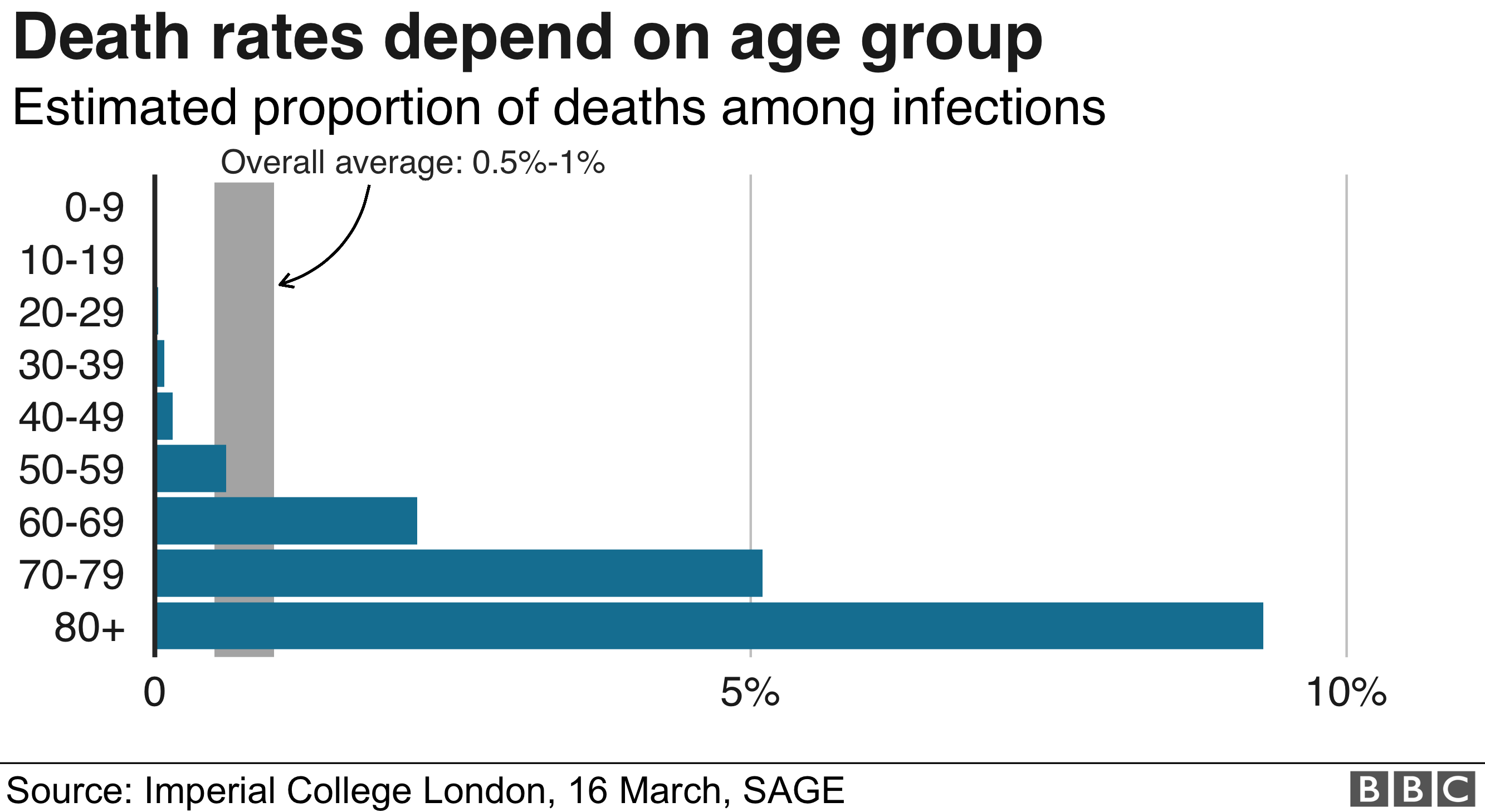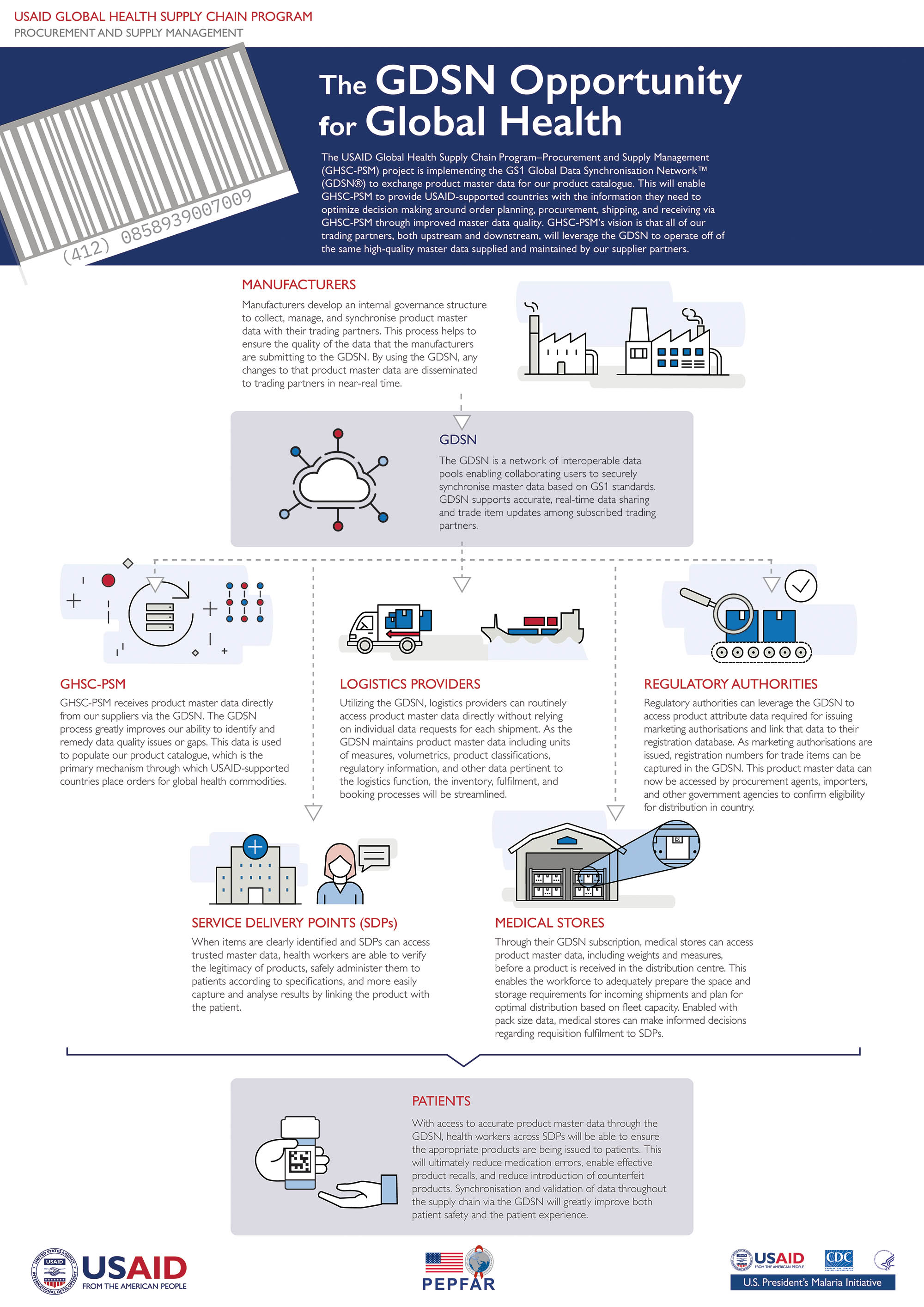Mortality rates are a critical indicator of a nation’s health, revealing disparities that persist among different racial groups in the United States. Recent research highlights a troubling trend, particularly in the infant mortality rates between Black Americans and white Americans. Although life expectancy has increased for both groups, the mortality rates for Black infants have shockingly worsened, with Black infants now dying at more than double the rate of their white counterparts. This alarming finding not only underscores the urgent need to address healthcare disparities but also raises questions about the effectiveness of existing policies. Understanding these mortality rates and their implications can help inform strategies aimed at achieving health equity across all demographics.
The analysis of death statistics reveals crucial insights into the health outcomes experienced by various populations within the United States. The divergence in mortality figures, especially concerning the survival rates of infants, starkly illustrates the ongoing inequalities faced by different ethnic groups. Specifically, while overall life spans have been extending for many, Black infants are suffering from disproportionately high fatalities, a stark contrast to their white peers. This situation emphasizes the necessity to explore the underlying systemic issues that contribute to these healthcare inequities. By reexamining these mortality statistics, we can better understand the disparities and work towards effective solutions that promote equitable health for all Americans.
Understanding Mortality Rates Among Black and White Americans
The study reveals that mortality rates have seen a significant improvement for Black and white Americans since the 1950s, with both groups experiencing increased life expectancy. Black Americans, whose life expectancy rose from 60.5 years in the 1950s to 76 years by the 2010s, show a commendable increase of 20.4 percent. In comparison, white Americans experienced a 13 percent life expectancy boost, climbing from 69 years to 79.3 years in the same timeframe. Although these statistics reflect a positive trend in longevity, disparities still exist, particularly in mortality rates which remain higher for Black Americans by 18 percent.
While overall mortality rates are gradually aligning, it is crucial to recognize that these statistics mask the stark realities faced by different demographics. The widening gap in infant mortality rates between Black and white infants is alarming; while general mortality rates stabilize, systemic issues in healthcare still hinder progress in equity. Understanding these disparities is fundamental in advocating for necessary changes in public policy and healthcare systems, as both racial groups deserve equal opportunities to lead healthy lives.
The Alarming Trends in Infant Mortality Rates
Infant mortality rates present a serious issue as recent findings indicate that Black infants die at a rate twice as high as their white counterparts. This represents a grim statistic, further emphasizing that the improvements seen in adult mortality rates do not translate evenly across racial lines. The study highlights that while both Black and white infants have benefitted from healthcare advancements, the disparities have deepened over the decades, spotlighting the urgent need for continued research and intervention strategies.
The higher mortality rates for Black infants are predominantly attributed to medical complications during pregnancy, underscoring the critical role of maternal health in infant survival. Access to quality healthcare remains a systemic challenge, where healthcare disparities perpetuate uneven outcomes across different populations. Investigating the root causes of these discrepancies is essential to inform effective public policy that prioritizes equitable healthcare access for all racial groups.
Healthcare Disparities and Their Impact on Life Expectancy
Despite advancements in healthcare access across the nation, significant disparities persist between different racial groups. Black Americans continue to face systemic hurdles that contribute to their elevated mortality rates, with researchers revealing that numerous factors—ranging from access to care to quality of treatment—play pivotal roles. This underscores the importance of addressing healthcare inequalities, particularly as they relate to life expectancy and overall community health.
The ongoing narrative of healthcare improving for all Americans overlooks the critical lens of racial equity in health outcomes. By identifying the gap between Black and white Americans in life expectancy, not only are researchers called to document these inequalities, but they must also seek solutions that actively work to dismantle the barriers contributing to racial disparities in health. This requires a collaborative approach, targeting public health reform and policy changes aimed at ensuring that equal opportunities for health and longevity are available to all.
Charting Progress: The Need for Continued Research
Analyzing seven decades of mortality data provides an essential context in understanding the long-term trends and persistent disparities in health outcomes. The study conducted highlights the necessity for ongoing research that not only monitors but also evaluates the effectiveness of implemented health policies aimed at tackling these disparities. Furthermore, the emphasis on long-term data is critical since short-term studies might overlook significant patterns and thus fail to reveal the full scope of the disparities faced by Black Americans.
Continuing to foster research initiatives that delve deeper into the reasons behind these mortality rate disparities is essential. By identifying specific factors contributing to the alarmingly high mortality rates among Black infants, future studies can help inform policymakers and healthcare leaders of actions needed to curb these inequalities. Recognizing the importance of thorough, longitudinal studies can ultimately lead to a more equitable healthcare system where improvements benefit all racial groups equally.
Public Policy’s Role in Addressing Healthcare Inequality
The findings of this comprehensive study raise critical questions about the priorities of public policy and health authorities when it comes to addressing healthcare inequalities. With evidence suggesting that millions of Black Americans could have been saved had they received equivalent healthcare access as white Americans, it becomes imperative to focus on creating policies that address these systemic disparities directly. Omitting such disparities from healthcare discussions does a disservice to communities that continue to suffer from inadequate healthcare resources.
Evidently, there is a pressing need to elevate these conversations within the public health policy arena. Policymakers must be urged to implement targeted strategies that aim to close the healthcare gap. This could involve expanding access to prenatal care for expecting mothers, improving healthcare provider education on racial disparities, and ensuring that all communities receive high-quality health services. Achieving equitable healthcare is not merely an ideal; it demands relentless advocacy and focused action.
Community Engagement and Awareness in Healthcare
To effectively address the disparities in mortality rates and health outcomes, community engagement is essential. By fostering awareness and collaborating with local organizations, public health officials can better understand the unique challenges faced by different racial groups. Empowering communities through educational programs about healthcare resources and rights ensures that individuals can advocate for themselves and seek the medical care necessary for improved health outcomes.
Community-driven initiatives can also play a fundamental role in addressing the infant mortality crisis among Black families. Programs that teach maternal health, promote breastfeeding, and advocate for nutritious food access are vital in improving infant health. By actively involving communities in the health discourse, initiatives can be tailored to meet the specific needs of local populations, ultimately driving down disparities in mortality rates and enhancing overall health.
The Necessity of Quality Care in Reducing Mortality Rates
One of the key findings from the study indicates that quality medical care significantly affects mortality rates, particularly among Black infants. The differences in healthcare quality received by different racial groups highlight an urgent need for reforms that ensure equitable treatment across the board. Healthcare providers must commit to improving not only access but also the standard of care provided to all patients, regardless of their racial identity.
Quality care extends beyond clinical interventions; it encompasses the overall patient experience, including cultural competence and trust-building between healthcare providers and patients. Professional training for providers that emphasizes empathy and understanding of racial disparities can help foster positive patient experiences and improve health outcomes. Prioritizing quality care is an essential strategy in addressing the disparities reflected in the mortality rates of Black and white Americans.
The Road Ahead: Focusing on Equity in Health Outcomes
Looking toward the future, it is essential that discussions surrounding health outcomes in America focus on equity and justice. While the narrative of improved life expectancy underscores progress, it must not overshadow the stark realities that persist for those in marginalized communities. A commitment to addressing the root causes of healthcare disparities is vital in ensuring that all Americans—regardless of race—experience the benefits of healthcare advancements.
Moreover, public health officials must prioritize equity-driven initiatives that align with the findings of the recent study. Developing strategies aimed at reducing both adult mortality rates and infant mortality disparities should be central to future health campaigns. By placing focus on the needs of Black Americans and recognizing the systemic challenges they face, the goal of achieving equitable health outcomes becomes more attainable, signaling a potential shift towards systemic improvements in health equity.
Frequently Asked Questions
What are the mortality rates for Black Americans compared to white Americans?
Recent studies indicate that mortality rates for Black Americans are approximately 18 percent higher than for white Americans. This disparity reflects ongoing healthcare inequalities, despite improvements in overall life expectancy for both groups.
How has infant mortality rate changed between Black and white Americans?
The infant mortality rate for Black infants is now 115 percent higher than that of white infants, marking an increase in disparity since the 1950s. This is concerning as Black infants are dying at more than twice the rate of their white counterparts.
What are the main causes contributing to the disparity in infant mortality rates?
Medical conditions during pregnancy are identified as the leading cause of excess deaths among Black infants. The disparities are influenced by multidimensional healthcare inequalities, including access and quality of care.
What does the life expectancy data reveal about Black Americans versus white Americans?
Life expectancy for Black Americans has improved significantly, rising from 60.5 years in the 1950s to 76 years in the 2010s. In comparison, white Americans’ life expectancy increased from 69 years to 79.3 years during the same period, indicating a narrowing gap overall.
Why is it important to address healthcare disparities affecting Black Americans?
Addressing healthcare disparities is crucial as studies suggest that approximately 5 million Black American lives could have been saved if they had equal access to the same healthcare resources enjoyed by white Americans. This highlights the urgent need for policy reforms to ensure equitable healthcare access.
What role does public policy play in improving mortality rates among Black Americans?
Public policy plays a critical role in addressing healthcare disparities by prioritizing funding and resources to improve healthcare access and quality for Black Americans, which could significantly reduce mortality rates and improve overall health outcomes.
How do healthcare disparities affect life expectancy among different racial groups?
Healthcare disparities directly impact life expectancy by influencing access to quality healthcare services, which affects treatment outcomes. Continuous gaps in healthcare access between Black and white Americans contribute to the differences in mortality rates and life expectancy.
What steps can be taken to reduce infant mortality rates among Black Americans?
To reduce infant mortality rates among Black Americans, targeted interventions are needed, including improving prenatal care access, enhancing maternal health services, and addressing systemic healthcare inequalities that disproportionately affect Black families.
| Key Areas | Findings |
|---|---|
| Overall Mortality Rates | Disparity between Black and white Americans has narrowed since the 1950s. |
| Infant Mortality Rates | Black infants have mortality rates 115% higher than white infants, worsening from 92% in the 1950s. |
| Life Expectancy | Improved for both Black Americans (60.5 to 76 years) and white Americans (69 to 79.3 years) over 70 years. |
| Leading Causes of Infant Mortality | Medical conditions during pregnancy are the top cause of excess deaths in the 2010s. |
| Public Health Perspective | The study underscores the need for improved healthcare access and quality, addressing racial disparities. |
Summary
Mortality rates remain a critical issue in the United States, showing both progress and alarming disparities. While overall mortality rates have improved for both Black and white Americans, the alarming increase in mortality rates among Black infants highlights ongoing systemic inequities. This study emphasizes the urgent need for public health reforms focusing on healthcare access and quality for marginalized communities. Collectively, these findings urge policymakers to prioritize solutions that can effectively close the mortality gap between racial groups.



